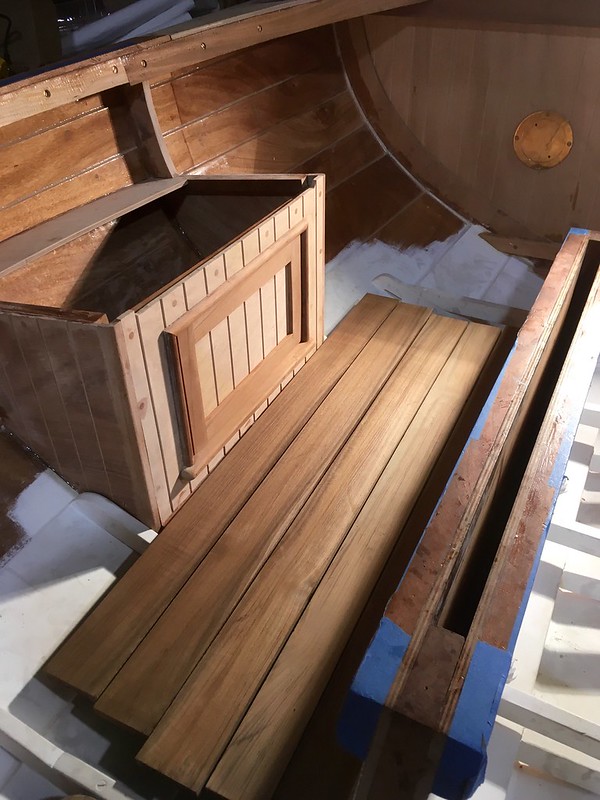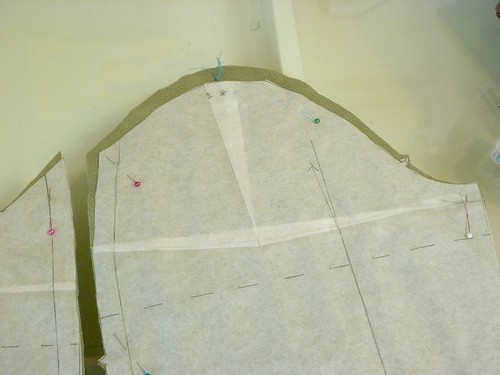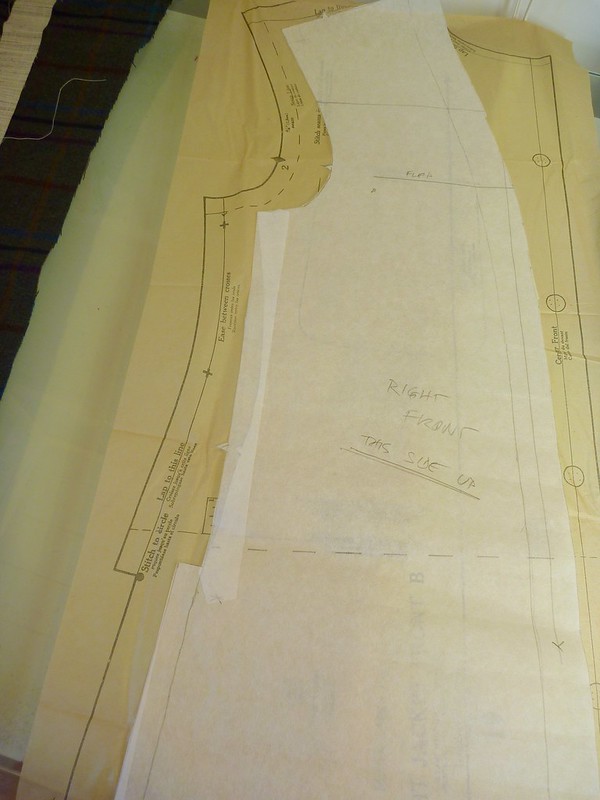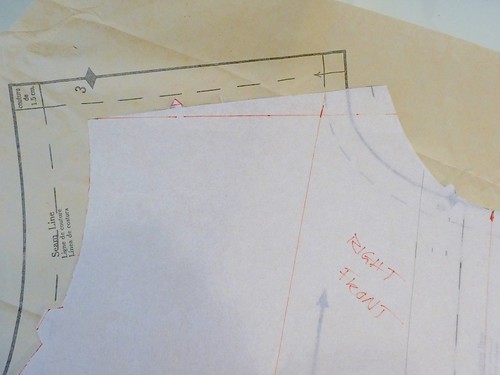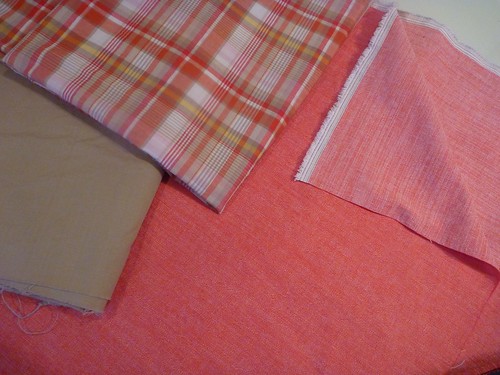OK. This exercise is completed, and it's been a journey for sure. At one point I was screaming louder than the collective scream heard from coast to coast a few weeks ago. My strategy was to take a break, go to yoga class, breath and then calmly return to the whole mess.
Yes, it got messy! The shirt in particular. But first up...the safari jacket.
This was the easier of the two repairs. I opened up a slit in the lining's side seam just big enough to put my hand through (I didn't want to mess with the armhole). Then it was easy to reach up inside and pull the sleeve head down and out. And what to my wondering eyes did appear?
Why, a sleeve head and seam allowance clips everywhere! All part of my failed attempts to improve the set of the sleeves way back when.
This time around I reduced the height of the sleeve cap by 5/8" at the apex, and then graded the curve down to the front and back notches. This greatly reduced the amount of easing required.
After sewing the new seam, I stitched in a new wool sleeve head over the top of the sleeve. This technique is from The Bishop Method of Sewing Construction, by Edna Bishop. A bias cut strip of wool 1 1/2" wide is lined up with the edge of the seam allowances, and then hand sewn in close to the seam. It sounds more difficult than it is. When the sleeve is turned rightside out the strip will fold over on itself and fill out the top of the sleeve. That's the theory anyway.
And here's how it turned out. It's not perfect by any stretch of the imagination, but still a big improvement. If it weren't for the Lycra in the fabric, any little dimples could have been steamed out. Alas, they just spring right back. Still, this repair is a win in my book. The safari jacket is back in rotation! (And I will continue my resolve to NEVER buy stretch fabrics again!).
On to the shirt.....
Picking apart a shirt is an exercise in patience and perseverance, especially when it's sewn with about 20 stitches per inch.
After what seemed like hours, I had a pile of abandoned parts. Cuffs, collar, stand, interfacing and the entire left front placket. From there, things actually progressed quickly. I had more than enough fabric to remake the replacement parts which I interfaced with Shirt Crisp interfacing from Fashion Sewing Supply. Everything was assembled and wouldn't you know, my old Singer 301 refused to make a buttonhole. Ugh!
I pulled out the Janome Magnolia, my backup machine, and figured out how its buttonhole attachment works. I had never used it before. My practice buttonholes were coming out perfectly. I bet I made at least 10. Everything was working flawlessly. The buttonholes on the placket and cuffs came out perfectly. I was cruising towards the finish line. And then....I had to make the small buttonholes on the collar.
Wouldn't you know. The F'ing contraption just took off on its own and decided to make a huge butttonhole. To make matters worse I had set the machine for its most dense stitch. Needless to say there were some choice words said. By the time I picked it out, the fabric was pretty well shredded. In fact there was actually a hole on the undercollar.
In another act of brilliance, I though a dab of Fray Check might help. Wrong! It bled through to the upper collar and left a stain. At this point a cooling off period was in order, so I put the whole mess aside for at least a week.
I had just enough fabric to make another collar, so I ripped the whole thing out again and started over. This time around the buttonhole gizmo worked perfectly, but I still held my breath through the whole operation. So what did I end up with other than frazzled nerves....?
A shirt that will actually get worn. I made a few stylistic changes this time around. The placket and collar are cut on the cross grain, I added a buttoned pocket, and swapped out the light colored buttons for something darker. The shirt will always have its flaws (I've learned a lot about shirtmaking since I made this), but overall it fits in better with my wardrobe, and I no longer feel guilty about the clothes that I never wear.
What's next? Some "secret sewing", and then a fresh project. Wishing you all happy sewing!




























